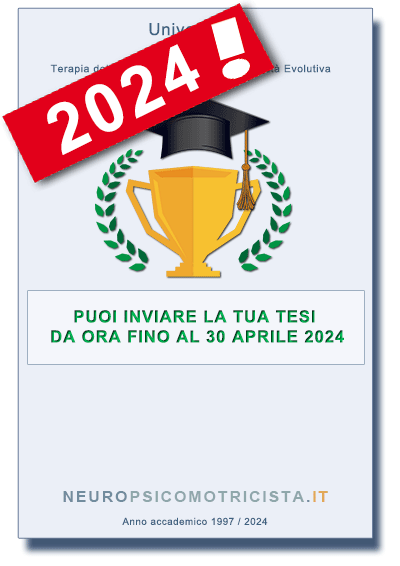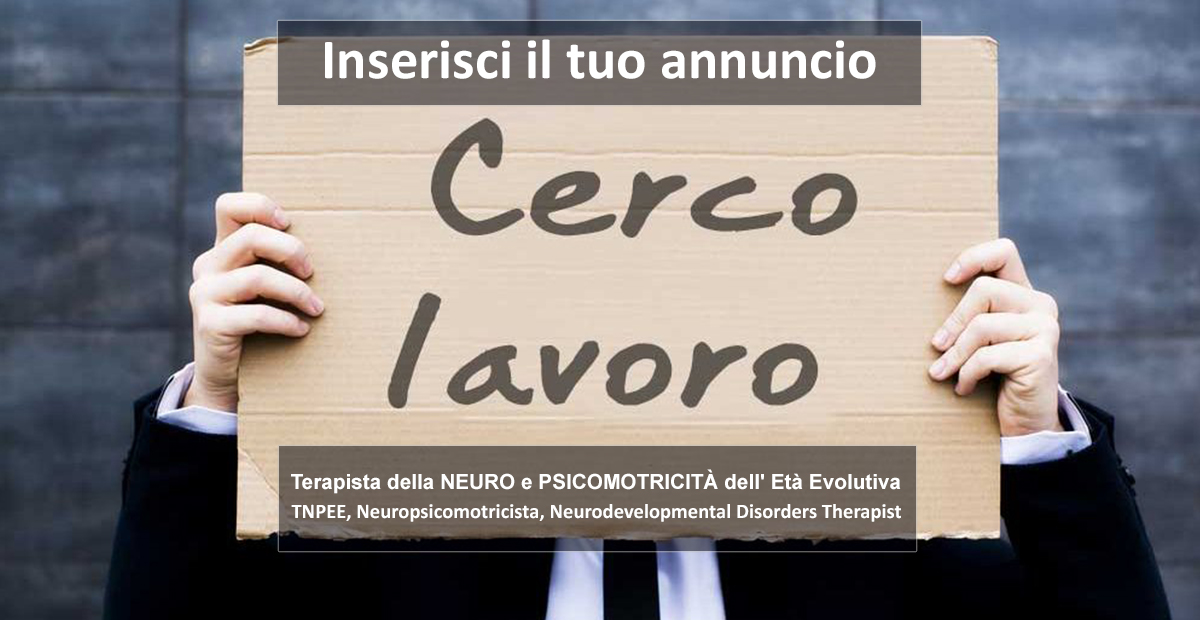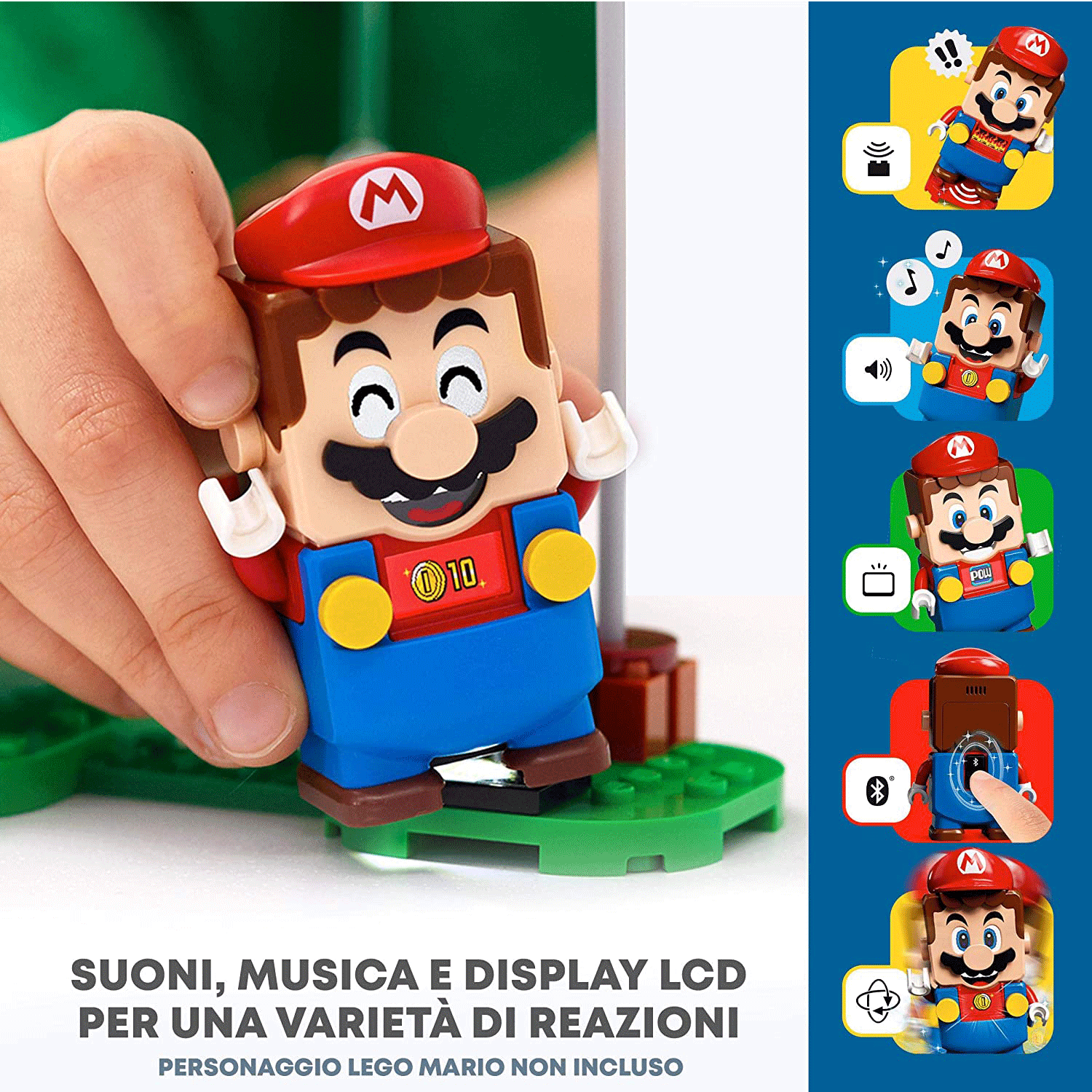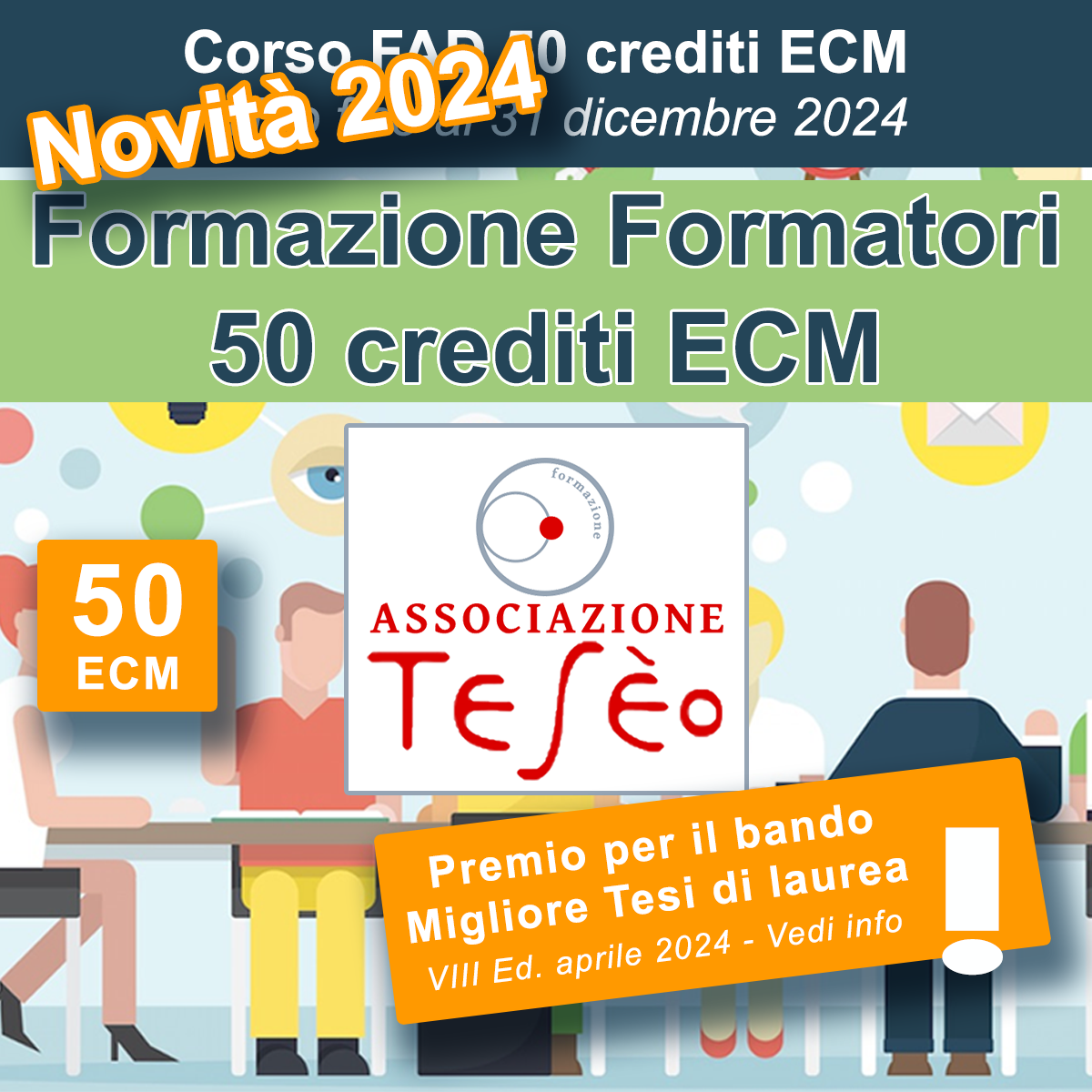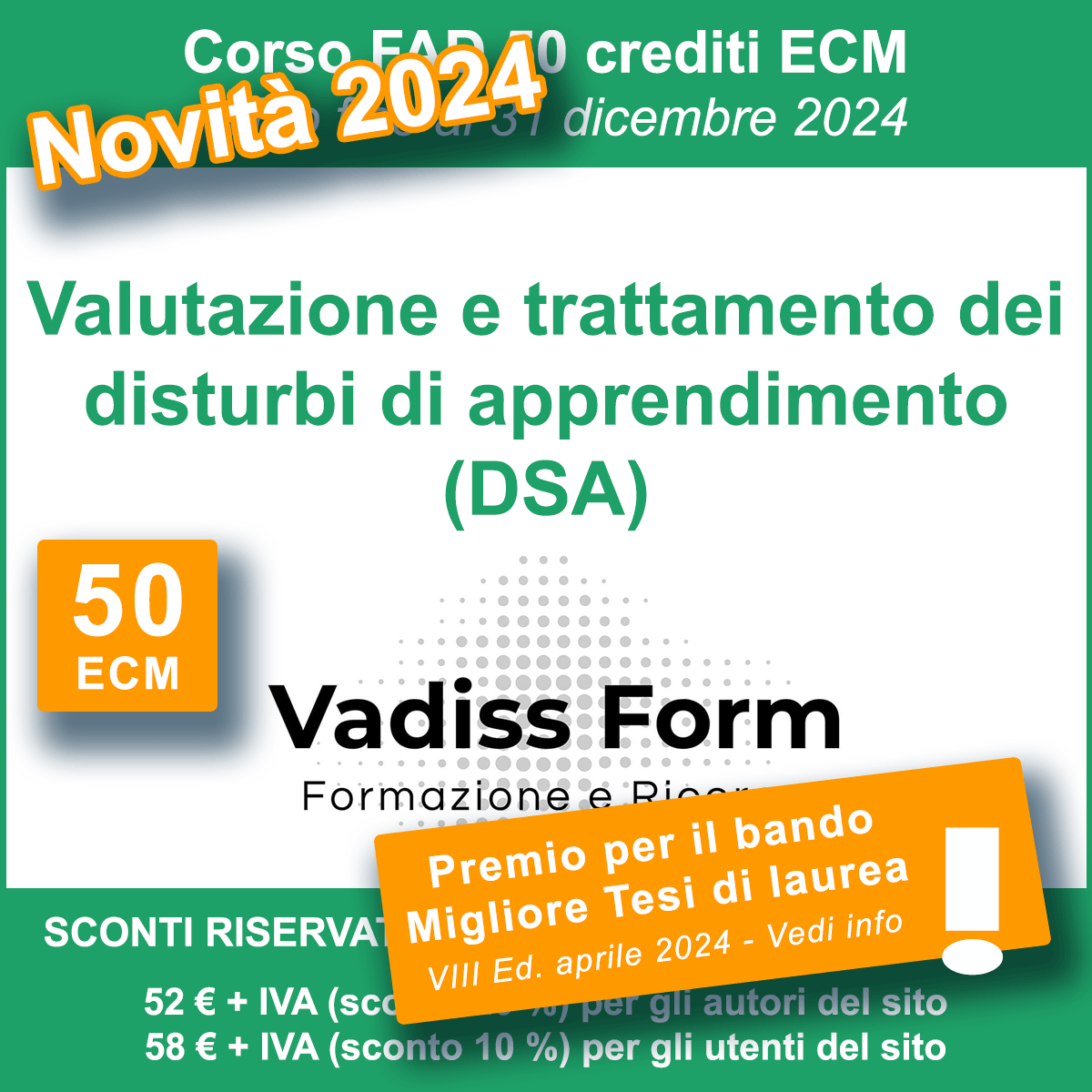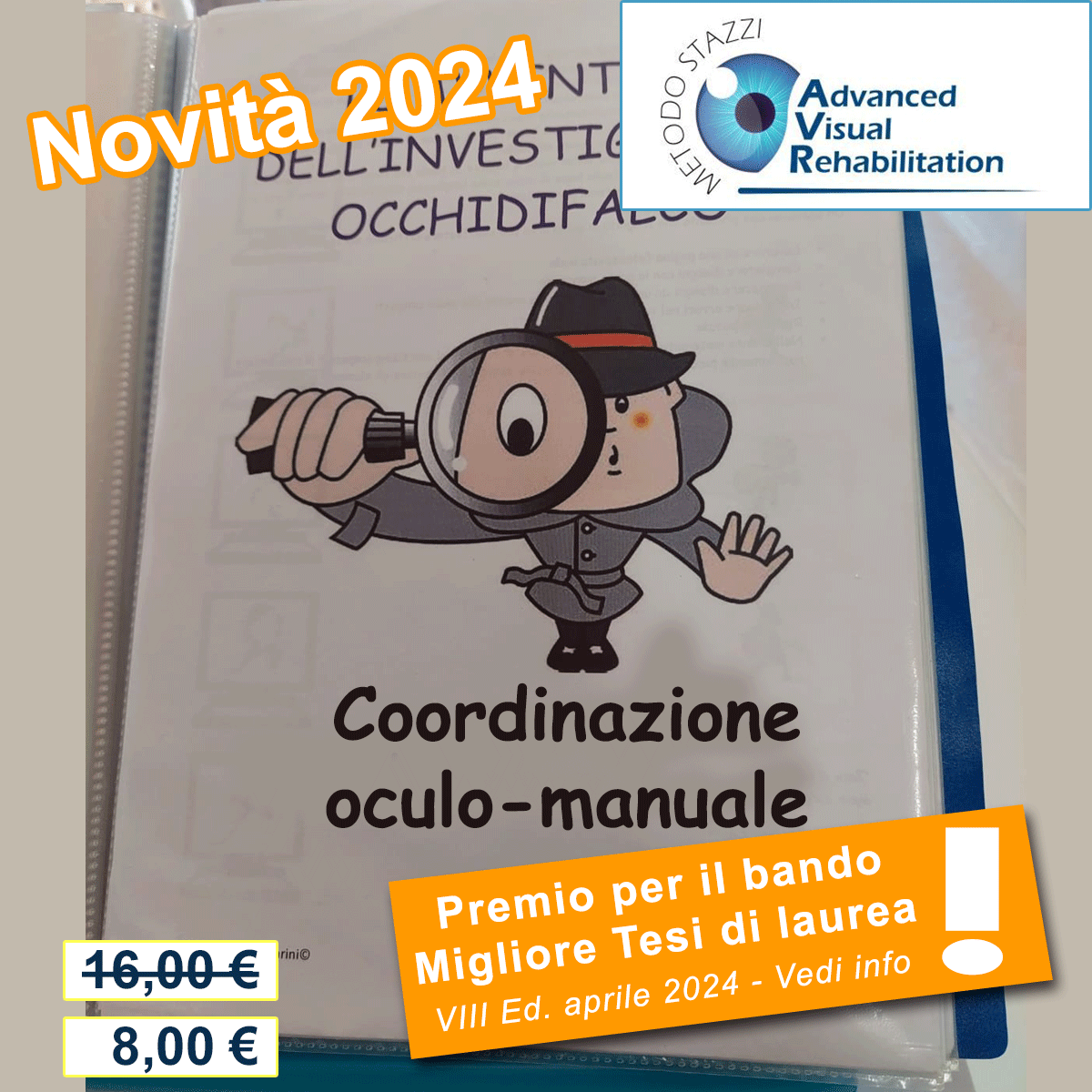BIBLIOGRAFIA - IMITARE PER CRESCERE: studio pilota sull’utilizzo della Scala di Valutazione dell’Imitazione di NADEL nel Disturbo dello Spettro Autistico
- Waddington H, Reynolds JE, Macaskill E, Curtis S, Taylor LJ, Whitehouse AJ. The effects of JASPER intervention for children with autism spectrum disorder: A systematic review. Autism. 2021 Nov;25(8):2370-2385.
- Vivanti G., La mente autistica. Le risposte della ricerca scientifica all’enigma dell’autismo, 2ª ed., Firenze, Hogrefe, 2021, pp. 14-17, 83-87, 91, 99-101 e 129-130
- Southgate V, Hamilton AF. Unbroken mirrors: challenging a theory of Autism, Trends in Cognitive Sciences, 2008 June; 12(6):225-9.
- SINPIA, Linee guida: il trattamento dei disturbi dello spettro autistico nei bambini e negli adolescenti, 2011, p. 40.
- Sclafani V, Paukner A, Suomi SJ, Ferrari PF. Imitation promotes affiliation in infant macaques at risk for impaired social behaviors, Developmental Science, 2015 july; 18(4): 614-21.
- Saby JN, Marshall PJ, Meltzoff AN. Neural correlates of being imitated: an EEG study in preverbal infants. Social Neuroscience. 2012;7(6):650-61.
- Purpura G, Contaldo A. Competenze motorie precoci e sviluppo comunicativo/linguistico nei bambini con Disturbo dello Spettro Autistico. Autismo e disturbi del neurosviluppo. Febbraio 2021. Vol 19, n. 1, pp. 37-54.
- Purpura G, Cerroni F, Carotenuto M, Nacinovich R, Tagliabue L. Behavioural Differences in Sensorimotor Profiles: A Comparison of Preschool-Aged Children with Sensory Processing Disorder and Autism Spectrum Disorders. Children (Basel). 2022 Mar 14;9(3):408.
- Pecini C, Brizzolara D., Disturbi e traiettorie atipiche del neurosviluppo, 1ª ed., Milano, McGraw-Hill, 2020, p. 351-359.
- Nagy E, Liotti M, Brown S, Waiter G, Bromiley A, Trevarthen C, Bardos G. The neural mechanisms of reciprocal communication. Brain Research. 2010 Sep 24;1353:159-67.
- Nadel J., Imitare per crescere. Nello sviluppo infantile e nel bambino con autismo, 1ª ed., Roma, Giovanni Fioriti Editore, 2016.
- Nadel J, Aouka N, Coulon N, Gras-Vincendon A, Canet P, Fagard J, Bursztejn C. Yes they can! An approach to observational learning in low-functioning children with autism. Autism. 2011 Jul;15(4):421-35.
- Moon SJ, Hwang JS, Shin AL, Kim JY, Bae SM, Sheehy-Knight J, Kim JW. Accuracy of the Childhood Autism Rating Scale: a systematic review and meta-analysis. Developmental Medicine and Child Neurology. 2019 Sep;61(9):1030-1038.
- Molnar-Szakacs I, Iacoboni M, Koski L, Mazziotta JC. Functional segregation within pars opercularis of the inferior frontal gyrus: evidence from fMRI studies of imitation and action observation. Cerebral Cortex. 2005 July;15(7):986-94.
- Melanie Killen & Ina C. Uzgiris, Imitation of Actions with Objects: The Role of Social Meaning, The Journal of Genetic Psychology, 1981; 138:2, 219-229.
- Militerni R., Neuropsichiatria infantile, 5ª ed., Idelson-Gnocchi, p. 333 e 364
- Lanfranchi S., Vianello R. DP-3 – Developmental Profile-3, 3a ed., Firenze, Hogrefe Editore Srl, 2015
- Kühn S, Müller BC, van Baaren RB, Wietzker A, Dijksterhuis A, Brass M. Why do I like you when you behave like me? Neural mechanisms mediating positive consequences of observing someone being imitated. Social Neuroscience. 2010;5(4):384-92.
- Kim Z, Óturai G, Király I, Knopf M. The role of objects and effects in action imitation: Comparing the imitation of object-related actions vs. gestures in 18-month-old infants. Infant Behavior Developmental. 2015 November; 41: 43-51.
- Iacoboni M. Neurobiology of imitation. Current Opinion in Neurobiology. 2009 December; 19(6):661-5.
- Iacoboni M. Neural mechanisms of imitation. Current Opinion in Neurobiology. 2005 December; 15(6):632-7.
- Heyes C. Causes and consequences of imitation. Trends in Cognitive Sciences. 2001 Jun 1;5(6):253-261.
- Heimann m., Laberg K., Nordoen B., Imitative Interaction Increases Social Interest and Elicited Imitation in Non-verbal Children with Autism., Infant and Child Development, 1006, 15:297-309
- Hamilton AF, Brindley RM, Frith U. Imitation and action understanding in autistic spectrum disorders: how valid is the hypothesis of a deficit in the mirror neuron system? Neuropsychologia. 2007 Apr 9;45(8):1859-68.
- Decety J, Chaminade T, Grèzes J, Meltzoff AN. A PET exploration of the neural mechanisms involved in reciprocal imitation. Neuroimage. 2002 Jan;15(1):265-72.
- Contaldo A, Colombi C, Narzisi A, Muratori F. The Social Effect of "Being Imitated" in Children with Autism Spectrum Disorder. Frontiers in Psychology. 2016 May 13;7:726.
- Cardon TA, Wilcox MJ. Promoting imitation in young children with autism: a comparison of reciprocal imitation training and video modeling. Journal Autism Developmental Disorder. 2011 May;41(5):654-66.
- Camaioni L., La prima infanzia. Lo sviluppo psicologico dalla nascita ai tre anni, Bologna, Il Mulino, 1983, pp. 140-144.
- American Psychiatric Association, DSM-5 Manuale diagnostico e statistico dei disturbi mentali, 5ª ed., Raffaello Cortina Editore, 2014, pp. 57-58
SITOGRAFIA
- https://www.garzantilinguistica.it/ricerca/?q=imitare
- https://www.salute.gov.it/portale/saluteMentale/dettaglioContenutiSaluteMentale.jsp?lingua=italiano&id=5613&area=salute%20mentale&menu=vuoto
| Indice |
| INTRODUZIONE |
| CONCLUSIONI |
| BIBLIOGRAFIA |
|
ALLEGATI: Tappe di sviluppo dell’imitazione e del riconoscimento di essere imitati |
| Tesi di Laurea di: Michelle BRIVIO |



